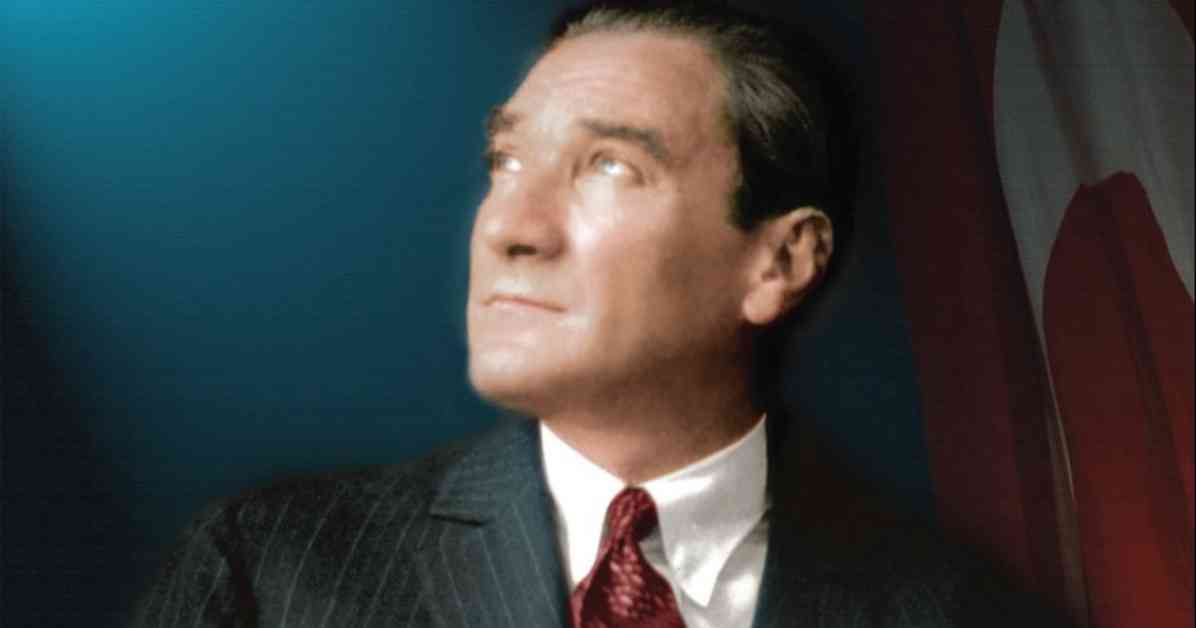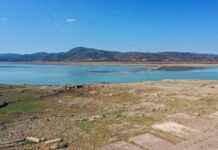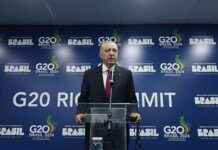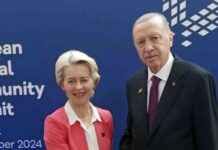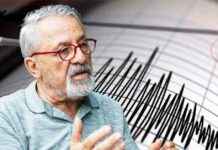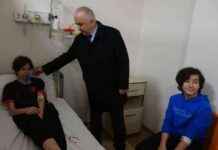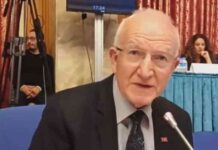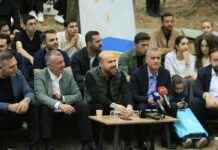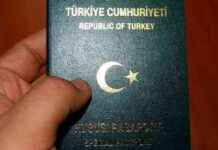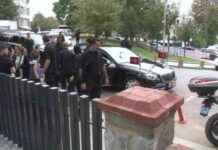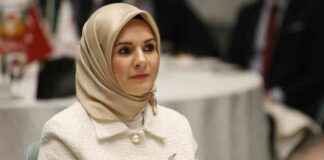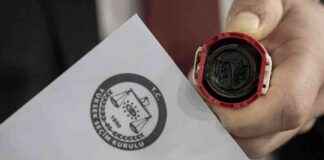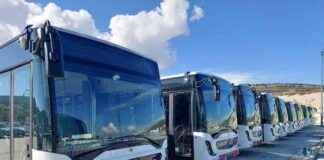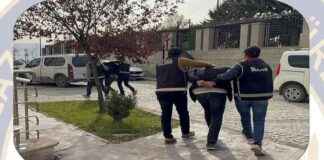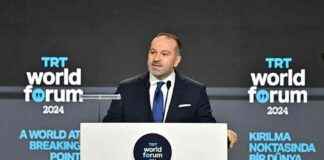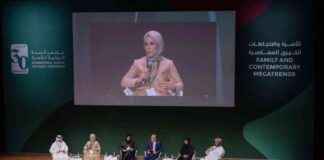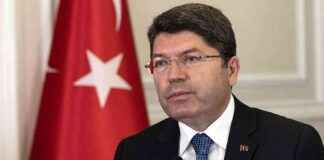Turkey, 101 years ago, transitioned from a 600-year-old palace and a 10-year constitutional regime to a republic where the fate of the nation was determined by the people themselves. Great Leader Mustafa Kemal Atatürk established a state that was respected by the whole world and was ahead of its time, coming from a fragmented empire. His greatest revolution and work, “The road to the Republic,” was filled with challenges.
**Road to the Republic**
Back in 1919, Anatolia was under occupation, but Mustafa Kemal took a step in Samsun on May 19, 1919, igniting the fire of liberation. He achieved victory after victory, paving the way for the Republic. Even though he never used the word “Republic,” every step he took emphasized the Republic and national sovereignty.
The Amasya Circular of 1919 stated, “The determination and will of the nation will save the nation’s independence.” At the Erzurum Congress, the importance of “national will” was highlighted.
The first step towards the declaration of the Republic was the opening of the Grand National Assembly of Turkey on April 23, 1920. The Assembly opposed appointing the representative of the Sultan to the Parliament and passed a resolution stating, “There is no power above the Assembly.” A new constitution was drafted, indicating the Republic by stating, “Sovereignty unconditionally belongs to the nation.” In 1923, it was time to declare the Republic.
**The Proclamation of the Republic**
On October 28, 1923, the state faced a government crisis. Mustafa Kemal invited İsmet İnönü, Kazım Özalp, Fethi Okyar, Ruşen Eşref Ünaydın, Fuat Bulca, Kemalettin Sami, and Halit Karsıalan to dinner at the Çankaya Palace. That night, Atatürk said, “Gentlemen! Tomorrow we will declare the Republic.” They stopped eating and started planning the steps to be taken.
İsmet İnönü held the pen and paper. Atatürk had him write down, “The government form of the Turkish state is a Republic.” The declaration of the Republic was hours away.
**The Jubilation**
On October 29, 1923, Mustafa Kemal was summoned to the Assembly to resolve the government crisis. His proposal was to declare the Republic.
At 18:00, the Assembly convened with 158 deputies present. The spectator seats were also filled to capacity. İnönü presented a proposal to amend the first article of the constitution. He said, “The nation has taken control in practice. Why are we hesitating to express this legally?” The proposal was unanimously approved, and all deputies stood up, shouting “Long live the Republic,” “Long live Mustafa Kemal” three times.
At 20:45, the Republic was declared. The next step was to elect the first President of the Republic. A closed ballot was held with no other candidate but Mustafa Kemal in the minds of the 158 deputies present. He was unanimously elected as the President. Amidst applause, President Mustafa Kemal Atatürk took the podium and made the following speech:
“(…) Our nation will be able to show the qualities and value it possesses to the civilized world much more easily with this new form of government. The Republic of Turkey will prove its worth among the world states with its achievements. Friends; the victories achieved by the Turkish nation in the last four years will be manifested in the future, several times over. (…) We will always move forward, relying on the love and trust of the people. The Republic of Turkey will be happy, successful, and victorious.”
Prayers were recited, and the session ended.
**The Excitement Across the Nation**
At 22:00, citizens gathered in front of the Assembly to welcome Mustafa Kemal with great affection. 101 cannon shots were fired across the country. The symbol of independence, the Republic, became the greatest celebration of the nation. Despite all efforts to erase it and restrictions, Republic Day on October 29 was celebrated with increasing enthusiasm every year and will continue to be celebrated. Atatürk’s greatest legacy, the Republic entrusted to his people, will live forever.
**Atatürk on the Republic**
– “Our Republic is not as weak as it is thought to be. The Republic was not won for free. We shed blood to obtain it. We shed our red blood everywhere.” (1923)
– “The most suitable form of government for the Turkish nation’s nature and customs is the Republic government.” (1924)
– “Establishing a contemporary Republic means that the nation learns how to live in a humane way and what humane living depends on.” (1931)
– “My humble body will one day turn into soil, but the Republic of Turkey will live forever.” (1926)
– “The most authentic order for the Turkish nation is the order of civilization.” (1925)
**Revolutionary Laws**
After the establishment of the Republic, Atatürk implemented numerous reforms to solidify the nation’s independence, enlightenment, and modernization. One significant reform was the closure of tekkes and zaviyes, religious lodges and convents. Atatürk stated in his Kayseri speech in 1925, “Gentlemen and dear nation, know that the Turkish Republic cannot be a country of sheikhs, dervishes, disciples, and members. The most correct and authentic path is the path of civilization.”
On September 2, 1925, a decree was issued to close tekkes and zaviyes, with exceptions for those used as mosques. A law was passed to prohibit the use of titles and the operation of tekkes and zaviyes not converted into mosques. In 1950, a decision was made to allow the opening of tombs belonging to Turkish dignitaries or with significant artistic value, such as Mevlana, Yunus Emre, Hacı Bektaş, and Mimar Sinan.
**Drawing Strength from Science**
After 1923, Atatürk enacted laws to establish the Republic on secular foundations. In a speech in Çankırı on August 31, 1925, he said, “The Republic of Turkey has the strength to show the right path in every field. We draw strength from civilization, science, and knowledge and proceed accordingly. We do not recognize anything else.”
In conclusion, the establishment of the Republic of Turkey marked a significant milestone in the nation’s history, symbolizing independence, modernization, and progress. Atatürk’s vision and leadership paved the way for a brighter future, where the principles of the Republic continue to guide the Turkish people towards prosperity and unity. The legacy of the Republic lives on as a beacon of hope and inspiration for generations to come.

